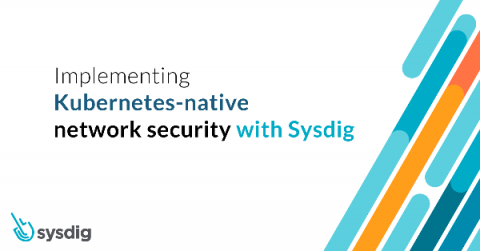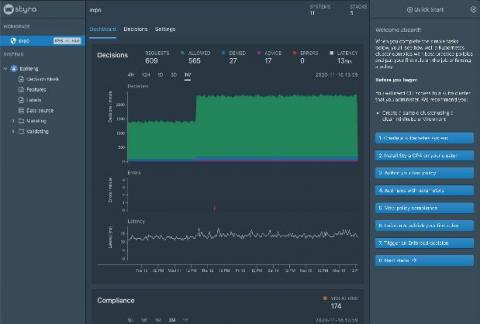5 user behavioral patterns to look out for in a decentralized workspace
Problem: If there are thousands of employees scattered around hundreds of places, how do you keep your organization’s network safe? Solution: You should monitor your employees wherever they’re located, and devise a standard baseline of their behavior through machine learning techniques. By using that information, you can identify anomalies and protect your network from cyberattacks.







